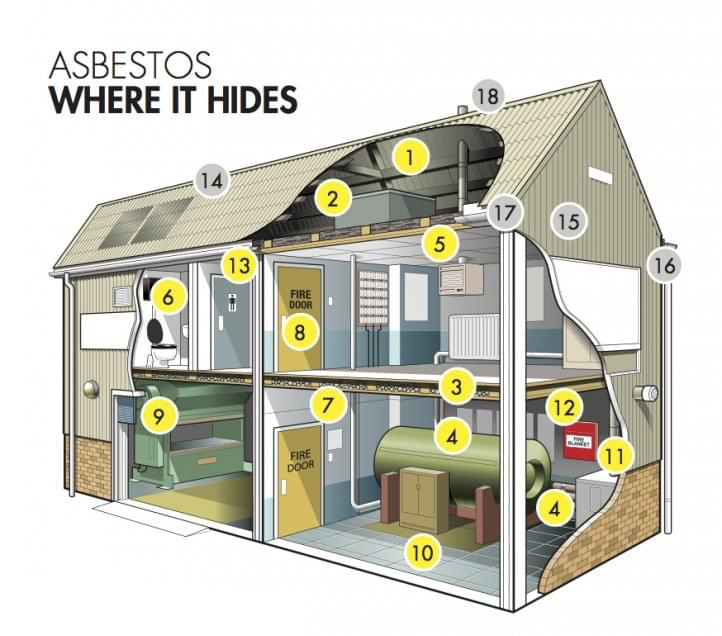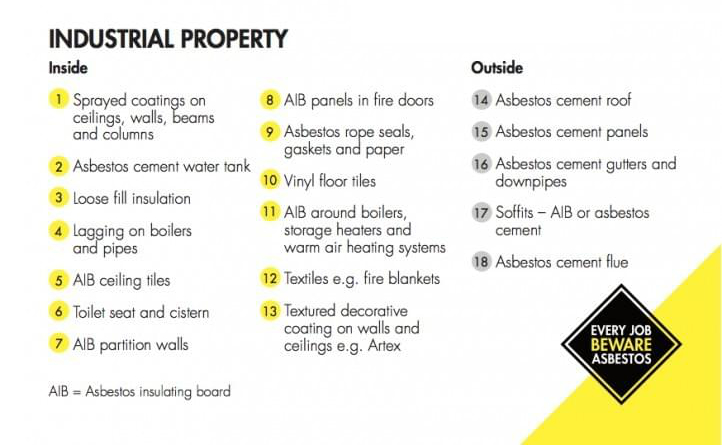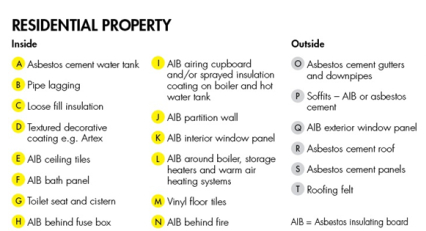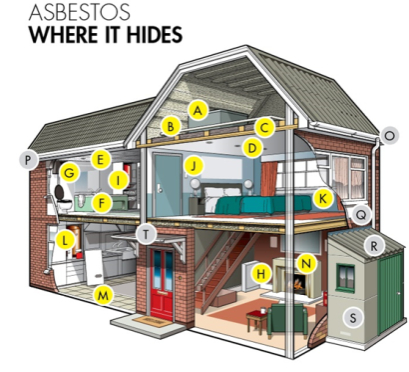Phone: 01582 667000 | Email: info@active-groupuk.com
Find out more about asbestos including why it is so dangerous, where it can be found and more in our frequently asked questions section.

When materials that contain asbestos are disturbed or damaged, fibres are released into the air. When these fibres are inhaled they can cause serious diseases. These diseases will not affect you immediately; they often take a long time to develop, but once diagnosed, it is often too late to do anything. This is why it is important that you protect yourself now.
Asbestos can cause the following fatal and serious diseases:
Mesothelioma is a cancer which affects the lining of the lungs (pleura) and the lining surrounding the lower digestive tract (peritoneum). It is almost exclusively related to asbestos exposure and by the time it is diagnosed, it is almost always fatal.
Asbestos-related lung cancer is the same as (looks the same as) lung cancer caused by smoking and other causes. It is estimated that there is around one lung cancer for every mesothelioma death.
Asbestosis is a serious scarring condition of the lung that normally occurs after heavy exposure to asbestos over many years. This condition can cause progressive shortness of breath, and in severe cases can be fatal.
Pleural thickening is generally a problem that happens after heavy asbestos exposure. The lining of the lung (pleura) thickens and swells. If this gets worse, the lung itself can be squeezed, and can cause shortness of breath and discomfort in the chest.





Midlands Head Office
Phone: 01582 667000
Email: info@active-groupuk.com
South East Office
Phone: 01959 569946
Email: info@active-groupuk.com
South West Office
Phone: 0123 763 3053
Email: info@active-groupuk.com
Greater London Office
Phone: 01582 667000
Email: info@active-groupuk.com
© 2020 Active Enviro All Rights Reserved